About Golem (GLM)
What is Golem (GLM)?
Golem (GLM) is a decentralized computation network that allows users to rent out excess computing power or utilize the computational resources of others. The network is built on the Ethereum blockchain, and the native token GLM is used to pay for or receive payment for computational tasks. The project aims to harness idle computing resources from around the world to provide high-performance computing for various applications, without the need for centralized data centers.
Launched in 2018 by Golem Factory, Golem enables users to exchange computational power in a peer-to-peer network. Users can act as Requestors, who need computing tasks done (like data processing, rendering, or machine learning), and Providers, who supply their unused computing power in exchange for GLM tokens. This distributed network promotes efficient use of computational resources and aims to decentralize cloud computing.
How does Golem (GLM) work?
Golem works by dividing complex tasks into smaller pieces and distributing them across the network. Here’s how it functions:
- Task Breakdown: When a Requestor submits a task, Golem breaks it down into smaller subtasks that can be processed in parallel across the network. These tasks could range from scientific calculations, CGI rendering, machine learning, or any other computation-heavy application.
- Requestors and Providers:
- Requestors are users who need computational resources to perform tasks. They place a bid in GLM tokens for the resources required to complete their task.
- Providers are users who have idle computing power. They offer their resources to perform tasks submitted by Requestors, receiving GLM tokens as payment for their work.
- Marketplace: The Golem Marketplace connects Requestors and Providers, allowing users to choose the price they are willing to pay or receive for their computing services. The network is entirely decentralized, meaning there is no central authority governing the transactions.
- Golem SDK and APIs: Golem provides developers with SDKs, execution environments, and APIs in programming languages such as Python, JavaScript, and Rust. These tools allow developers to create applications that can run on the Golem network and interact with the decentralized computing resources.
- Security: Golem utilizes smart contracts on Ethereum to ensure that payments are made and tasks are completed correctly. Additionally, computational results can be verified for accuracy before payment is finalized.
What are the potential use cases for Golem (GLM)?
Golem’s decentralized computation network has a wide range of use cases, including but not limited to:
- Scientific Calculations: Golem can be used to distribute heavy computations for scientific research, simulations, and data analysis. Researchers can rent computational power for running complex algorithms and simulations.
- Machine Learning: Machine learning models often require significant computational resources for training. Golem allows machine learning researchers and developers to access distributed compute power for faster model training.
- CGI Rendering: Golem is ideal for CGI rendering in movies, video games, and other visual media. It allows studios or individuals to rent computing power to render high-quality graphics and animations more quickly.
- Blockchain Projects: Golem can support blockchain-based projects requiring intensive computations, such as cryptography, data storage, and transaction processing.
- Software Deployment and Application Registry: Golem’s Application Registry allows developers to deploy their software on the Golem network, enabling a wide variety of use cases such as decentralized applications (dApps) or private cloud services.
By utilizing idle computing resources from around the world, Golem provides a more cost-effective and decentralized alternative to traditional cloud computing services like Amazon Web Services (AWS), Google Cloud, or Microsoft Azure.
What is the history of Golem (GLM)?
- 2014 – Conceptualization: The idea for Golem was first introduced at DevCon 0 in November 2014 as a decentralized platform for running computer-intensive projects.
- 2016 – Crowdfunding and Development: In 2016, Golem Factory launched a public crowdfunding event for the project, raising significant funds to develop the network. This event marked the official beginning of the Golem project.
- 2018 – Mainnet Launch: Golem’s mainnet was launched in 2018, and the project officially began its operations, allowing users to access the network and start renting or offering computational power.
- 2019 – Architecture Revamp: The team realized that the existing architecture was not flexible enough to meet the growing demand for distributed computing. In 2019, the team decided to build a new protocol and architecture to support a broader range of use cases and scale better.
- 2020 – New Approach: Over the course of 2020, Golem’s team reworked the network’s codebase and architecture to make it more generalized and scalable. This new protocol aims to create a more robust and efficient platform for the future of decentralized computation.


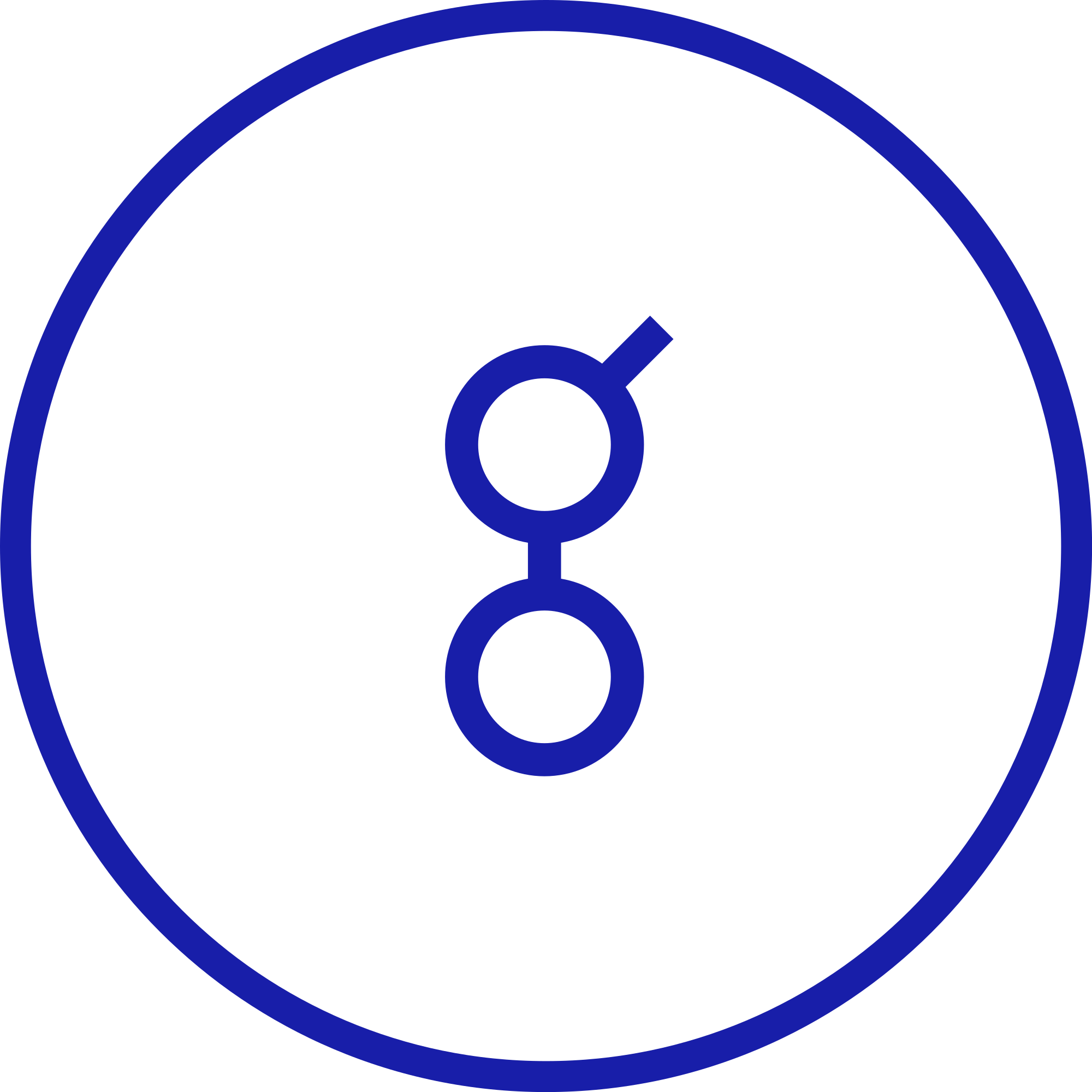
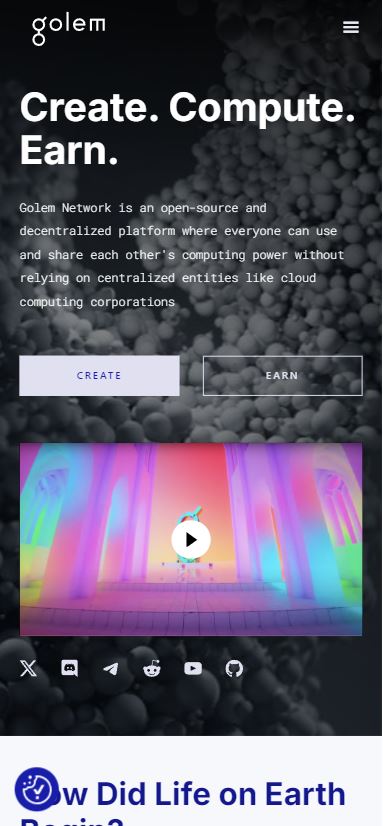
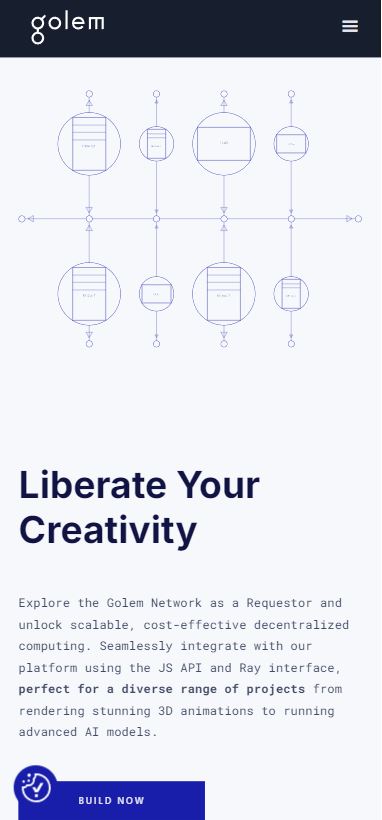
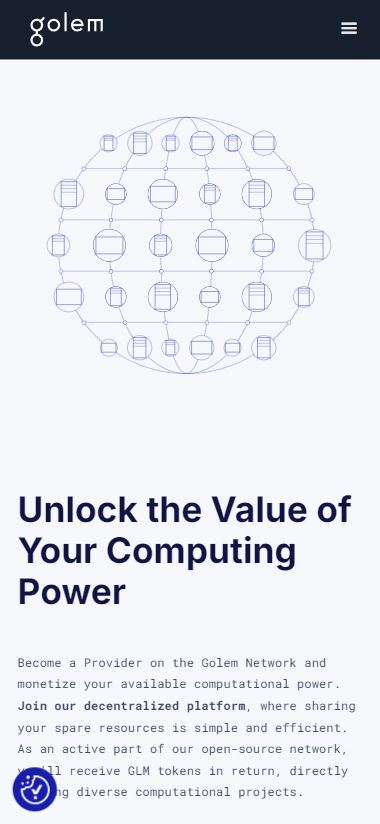
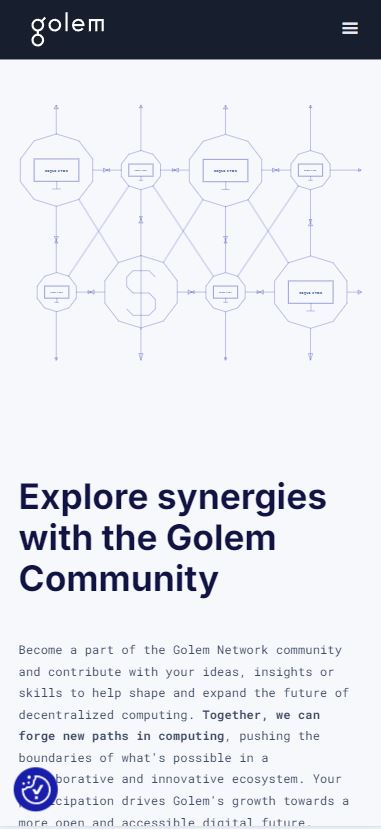
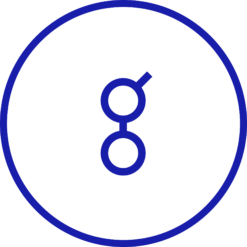






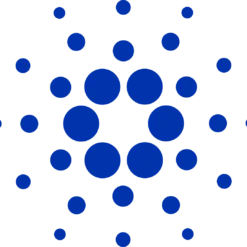



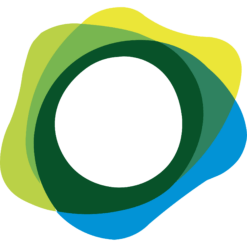
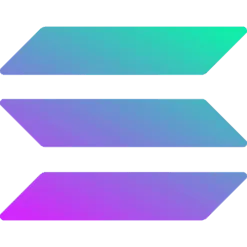

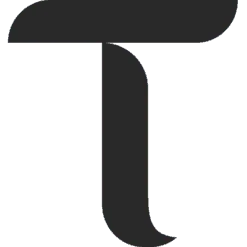
Harran –
Neic open-source, decentralized